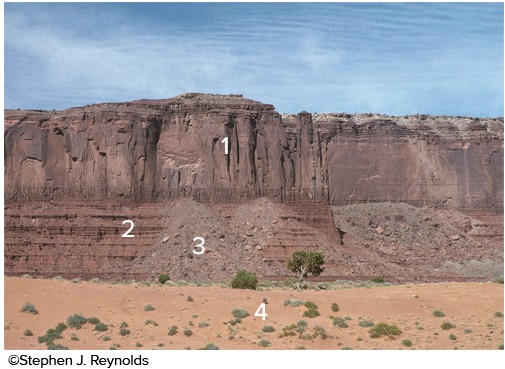Contrast the physical characteristics of the asthenosphere and the lithosphere
What will be an ideal response?
The top portion of the upper mantle is part of the stiff lithosphere, and beneath that is the weaker asthenosphere. The lithosphere consists of the entire crust and uppermost mantle and forms Earth's relatively cool, rigid outer shell. It averages approximately 100 kilometers in thickness, but the lithosphere is more than 250 kilometers thick below the oldest portions of the continents. Beneath this stiff layer to a depth of about 350 kilometers lies the soft, comparatively weak asthenosphere. The top portion of the asthenosphere has a temperature/pressure regime that results in a small amount of melting. Within this very weak zone, the asthenosphere and lithosphere are mechanically detached from each other. The result is that the lithosphere is able to move independently of the asthenosphere.
You might also like to view...
Describe the coming together of Pangaea. What was the name of what the rest of the planet covered
with besides this supercontinent? What will be an ideal response?
The subsurface point of rupture of an earthquake is called the:
a. center of rupture b. epicenter c. hypocenter d. focal point
Cumulonimbus are thunderstorm clouds
Indicate whether the statement is true or false
Which location(s) have loose, angular rocks?
A. 1 B. 2 C. 3 D. 4 E. 1 and 2